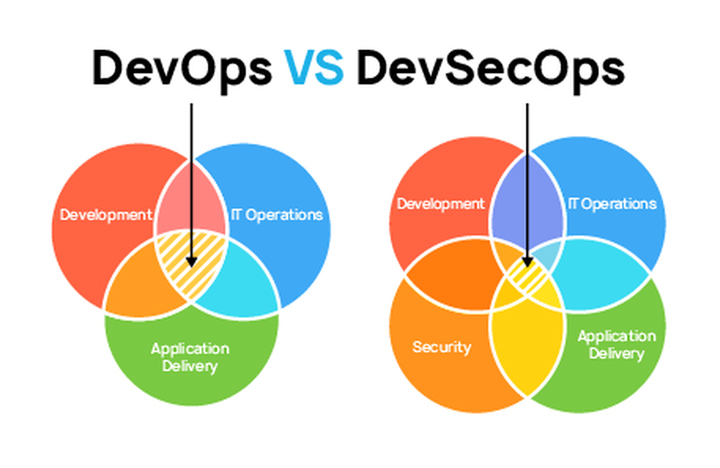In the fast-paced world of software development, speed, efficiency, and security are crucial. DevOps has long been the gold standard for accelerating software delivery, but as cyber threats continue to evolve, security can no longer be an afterthought. This is where DevSecOps comes into play. While both methodologies aim to streamline development and operations, DevSecOps places security at the heart of the process. But what exactly sets them apart? Let’s break it down.
Understanding DevOps
DevOps is a cultural and technical movement that integrates software development (Dev) and IT operations (Ops) to improve collaboration, automation, and continuous delivery. It focuses on:
- Continuous Integration and Continuous Deployment (CI/CD): Automating the software release process.
- Collaboration: Breaking down silos between development and operations teams.
- Infrastructure as Code (IaC): Automating infrastructure management.
- Monitoring and Feedback: Ensuring performance optimization and rapid issue resolution.
By embracing DevOps, organizations reduce deployment cycles, improve software quality, and enhance scalability. However, while DevOps emphasizes efficiency, security is often bolted on at the end of the development lifecycle rather than being an integral part of it.
What is DevSecOps?
DevSecOps extends DevOps principles by integrating security into every stage of the development pipeline. Instead of treating security as a separate concern, it becomes a shared responsibility among developers, IT operations, and security teams. Key aspects of DevSecOps include:
- Shift-Left Security: Security practices are implemented early in the development lifecycle rather than as a final step.
- Automated Security Testing: Tools like SAST (Static Application Security Testing) and DAST (Dynamic Application Security Testing) are integrated into CI/CD pipelines.
- Threat Modeling: Identifying vulnerabilities before they become serious threats.
- Security as Code: Automating security configurations and compliance checks.
By embedding security from the beginning, DevSecOps ensures that applications are not only fast and scalable but also resilient to cyber threats.
Key Differences Between DevOps and DevSecOps
| Aspect | DevOps | DevSecOps |
| Primary Focus | Speed and efficiency in software delivery | Security integrated throughout the SDLC |
| Security Approach | Security is added at the end | Security is built into every stage |
| Automation | CI/CD, infrastructure automation | CI/CD plus automated security testing |
| Team Responsibility | Developers and IT Ops collaborate | Developers, IT Ops, and Security teams collaborate |
| Risk Management | Addresses operational risks | Addresses security risks proactively |
Why Organizations Need DevSecOps
As cyber threats grow more sophisticated, businesses cannot afford to treat security as an afterthought. A breach or vulnerability can result in financial loss, reputational damage, and compliance violations. Adopting DevSecOps helps organizations:
- Prevent security vulnerabilities before they reach production.
- Automate compliance with industry regulations.
- Reduce the cost and time required for security fixes.
- Foster a security-first culture among developers.
Final Thoughts
While DevOps accelerates software delivery, DevSecOps ensures that speed does not come at the expense of security. Organisations that prioritise security from the beginning are better equipped to handle evolving cyber threats and regulatory requirements. The transition from DevOps to DevSecOps requires a mindset shift, but in the long run, it leads to more secure, resilient, and reliable software.
Are you ready to shift security left and embrace DevSecOps? The future of secure software development depends on it!

Comments
Leave a comment